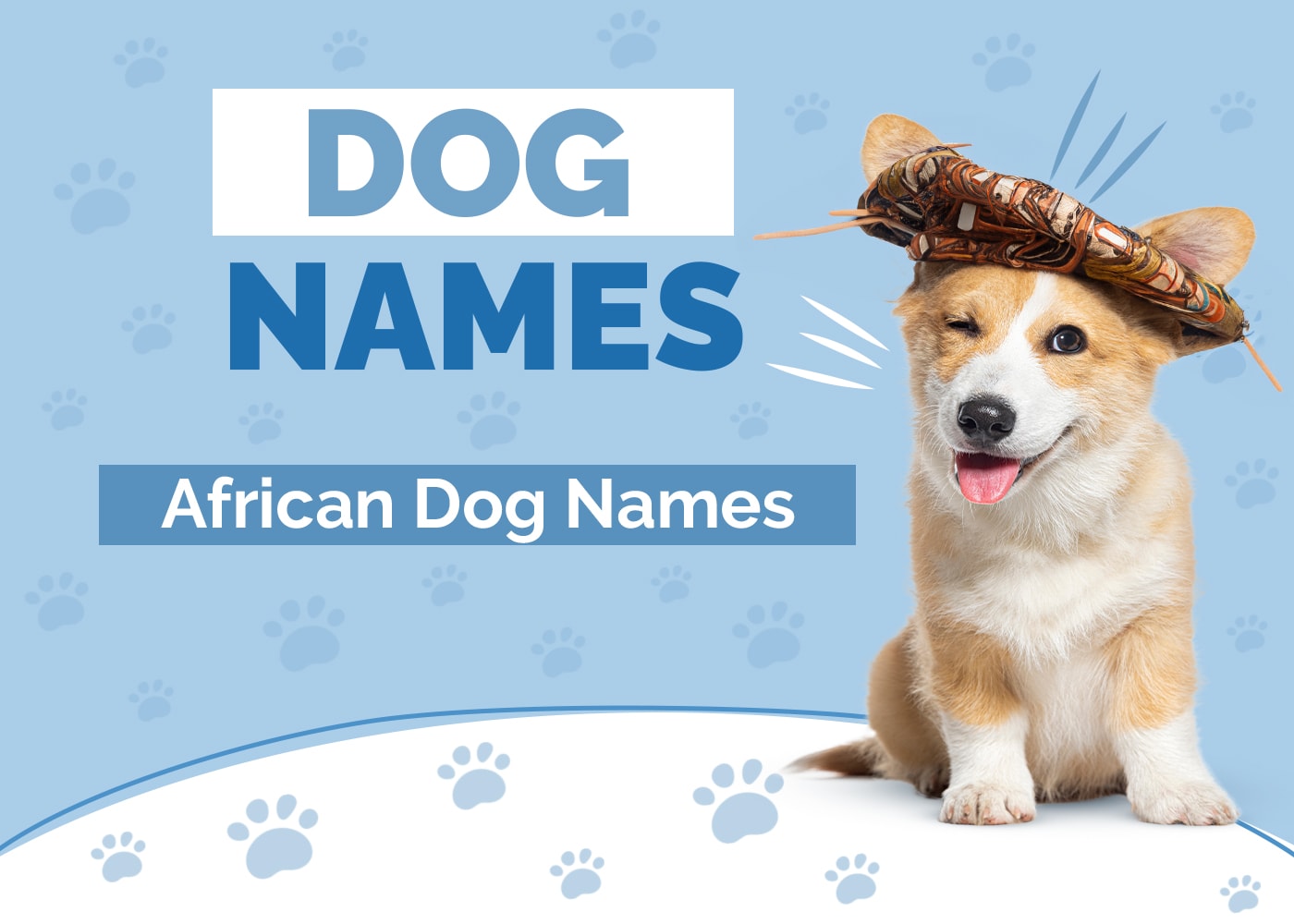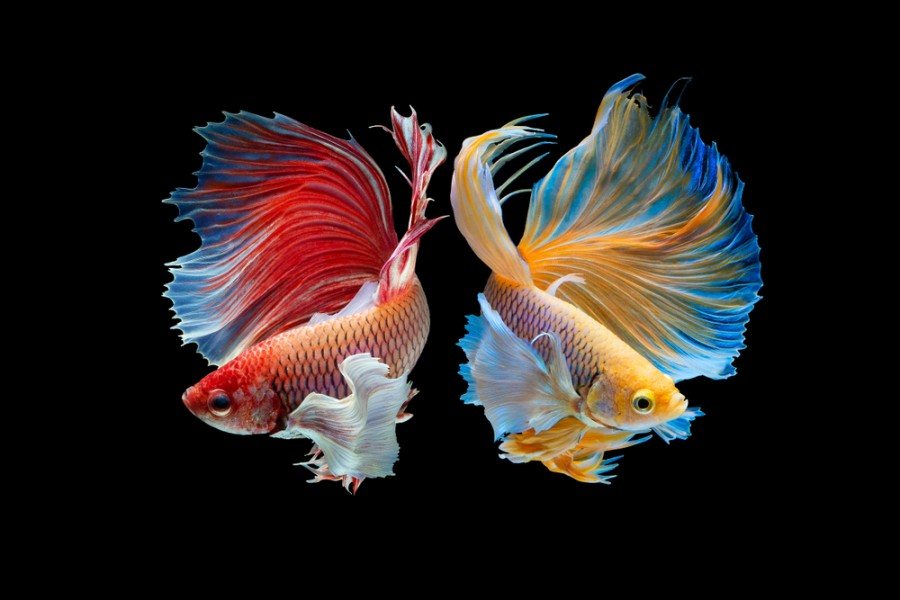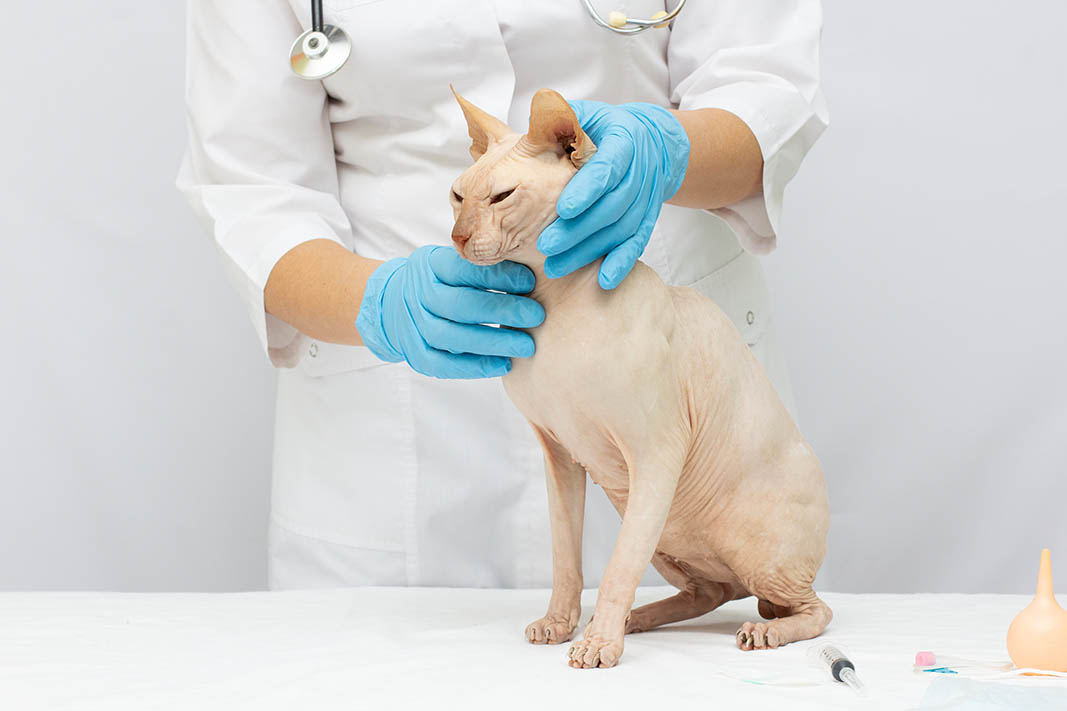How Big Does a Rhodesian Ridgeback Get? Average Growth and Weight Chart

Updated on
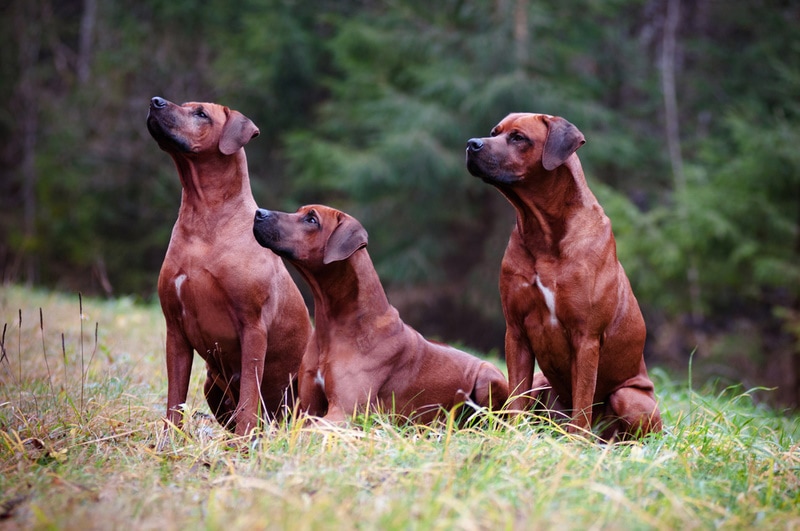
Rhodesian Ridgebacks are known for their beautiful majestic appearance and unique ridge of hair that grows along their spine in the opposite direction of the rest of their hair. These dogs are gorgeous and also make great companions.
If you’re considering adopting a Rhodesian Ridgeback or already have one, it’s helpful to understand their growth rate. Also that they will grow to be around 80 pounds and 25 inches tall. In this article, we’ll explore the growth patterns, average weight, and factors that affect the size of Rhodesian Ridgebacks. We’ll also discuss the ideal diet for maintaining their healthy weight and how to measure your Rhodesian Ridgeback.
Rhodesian Ridgeback Size and Growth Chart
| Age | Weight Range | Height Range |
| 3 months | 25–30 pounds | 10–12 inches |
| 6 months | 45–55 pounds | 17–19 inches |
| 9 months | 60–70 pounds | 21–23 inches |
| 12 months | 70–80 pounds | 23–25 inches |
| 24 months | 70–85 pounds | 25–26 inches |
When Does a Rhodesian Ridgeback Stop Growing?
Rhodesian Ridgebacks typically reach their full height and weight by 2 years of age (24 months). However, this can vary depending on factors such as genetics, nutrition, and activity level. Some Rhodesian Ridgebacks may reach their full size earlier or later than 2 years of age.
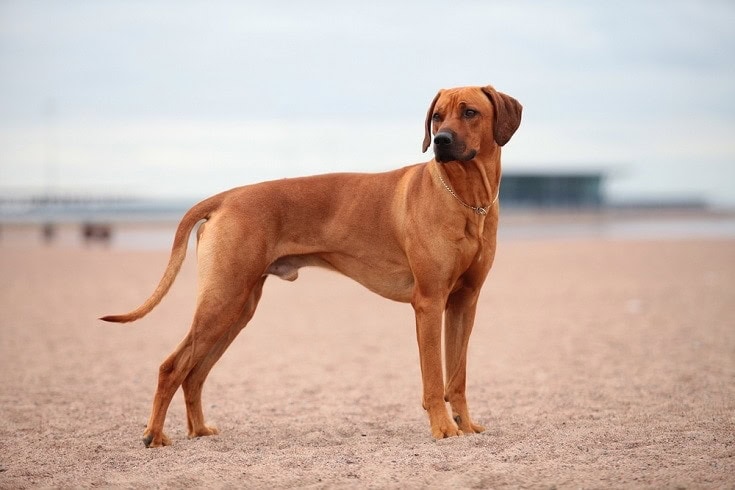
Factors Affecting the Size of Rhodesian Ridgeback
Several factors can affect the size of Rhodesian Ridgebacks. Genetics is one of the most significant factors. If both parents are large, then their offspring are likely to be large as well. However, if one parent is small, then their offspring may be smaller.
Nutrition is another factor that can affect the size of Rhodesian Ridgebacks. Puppies that are fed a high-quality diet with the right balance of nutrients are more likely to reach their full potential size. On the other hand, puppies that are malnourished or fed an improper diet may not reach their full potential size.
Activity level can also affect the size of Rhodesian Ridgebacks. Puppies that are over-exercised or under-exercised may not reach their full potential size. It’s important to provide them with moderate exercise that is appropriate for their age and size.
Rhodesian Ridgeback Growth Stages
Rhodesian Ridgebacks are a large breed that can weigh up to 85 pounds at maturity. Like any other breed, Rhodesian Ridgebacks go through different stages of growth.
Puppy
The first stage is the puppy stage, which lasts from birth to 6 months. During this phase, Rhodesian Ridgebacks grow rapidly, and their weight can double or triple in just a few weeks.
Adolescent
The second stage is the adolescent stage, which lasts from 6 months to 2 years. During this phase, Rhodesian Ridgebacks continue to grow, but at a slower rate. Their bones are still developing, and they’re at risk of developing joint problems if they’re over-exercised or overfed.
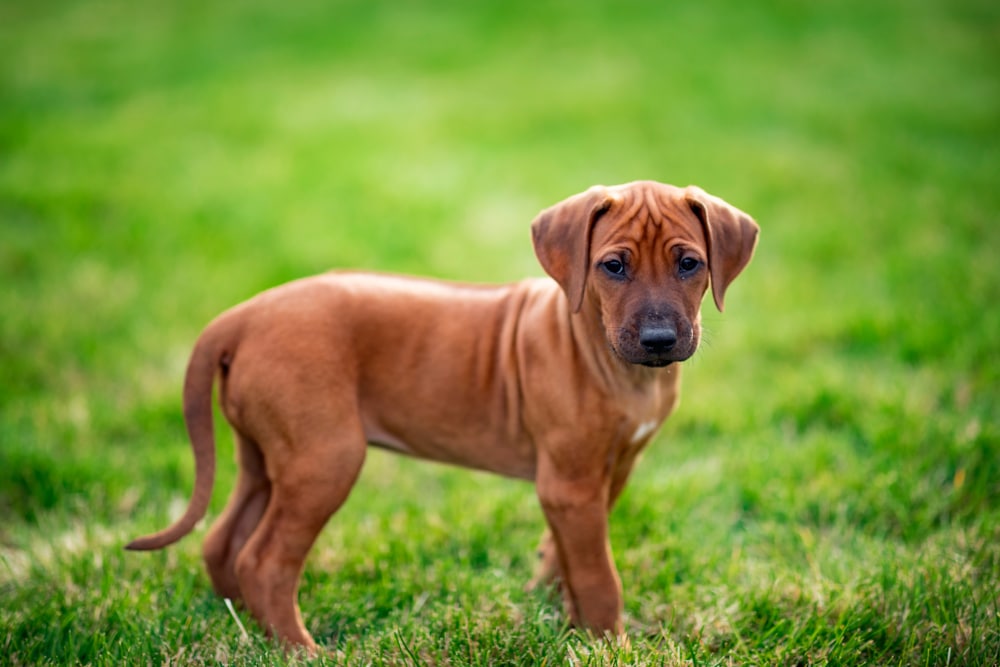
Adult
The third stage is the adult stage, which begins at 2 years of age. At this point, Rhodesian Ridgebacks have reached their full height and weight, and their bones have fully developed. It’s important to note that not all Rhodesian Ridgebacks will reach their full size at the same age. Factors such as genetics, nutrition, and activity level can all play a role in their growth patterns.
Senior
The final stage is the senior stage, which begins around 6 to 9 years of age and lasts until the end of your dog’s lifespan. During the senior stage, Rhodesian Ridgebacks may start to gain weight as their metabolism and other body systems start to slow down and their desire to be active lessens.
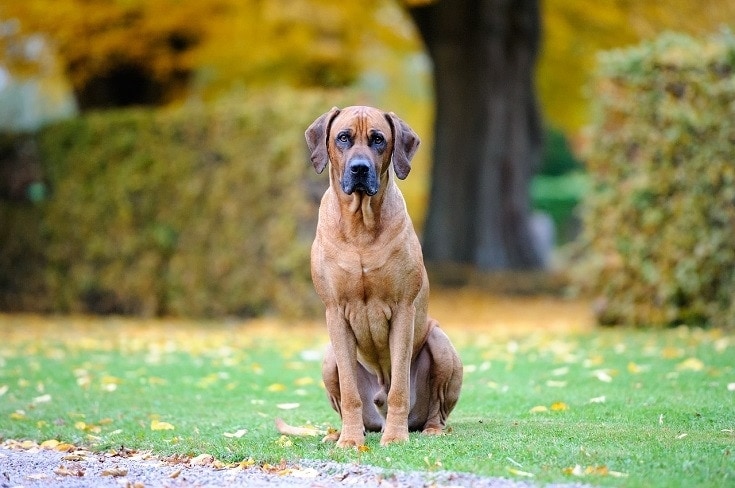
Ideal Diet for Maintaining a Healthy Weight
Rhodesian Ridgebacks are a unique and powerful breed of dog that require a well-balanced diet to maintain their health and energy levels. As a large and athletic breed, Rhodesian Ridgebacks require a diet that’s high in protein and fat to support their active lifestyle. The ideal diet for Rhodesian Ridgebacks should consist of high-quality, animal-based proteins, complex carbohydrates, and healthy fats.
When it comes to feeding your Rhodesian Ridgeback, it’s best to choose a high-quality dog food that is specifically formulated for large breeds. Look for dog food that contains real meat as the first ingredient, such as chicken, salmon, turkey, or beef. Avoid dog food that contains fillers and by-products, as these ingredients do not provide the necessary nutrients your dog needs.
In addition to high-quality dog food, Rhodesian Ridgebacks also benefit from a variety of fresh vegetables and fruits. These foods provide essential vitamins and minerals that support your dog’s immune system and overall health. Some good choices include sweet potatoes, green beans, carrots, and blueberries.
You may want to limit giving your Rhodesian Ridgeback table scraps or human food, as this can lead to weight gain and other health problems. Stick to a consistent feeding schedule and avoid overfeeding your dog, as this can lead to obesity and other health problems.
Finally, make sure your Rhodesian Ridgeback always has access to fresh, clean water. Dehydration can lead to a variety of health problems, so make sure your dog always has access to plenty of water.
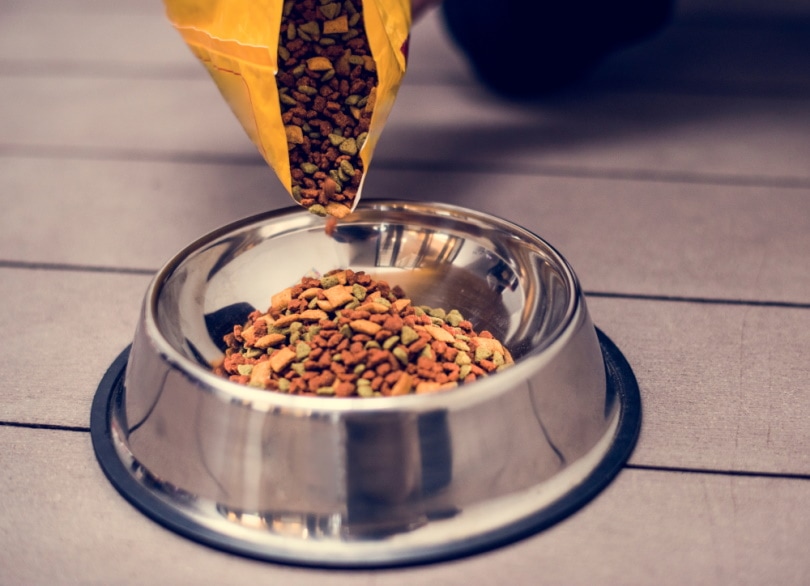
How to Measure Your Rhodesian Ridgeback
Measuring your Rhodesian Ridgeback can help you determine if they’re at a healthy weight. The easiest way to measure your dog is to use a measuring tape. Measure their height from the ground to their shoulders and their length from their chest to their tail.
To determine their weight, use a scale. Weigh yourself first, then weigh yourself while holding your dog, and subtract your weight from the combined weight. Alternatively, take your dog to the vet for a weigh-in every 3 to 12 months.
Facts About Rhodesian Ridgeback
- Rhodesian Ridgebacks were originally bred in South Africa for hunting big game such as lions.
- They’re also known as African Lion Hounds.
- Rhodesian Ridgebacks have a lifespan of 10 to 12 years.
- These dogs are intelligent, loyal, and protective of their family.
- Rhodesian Ridgebacks require moderate exercise and are not suitable for apartment living.
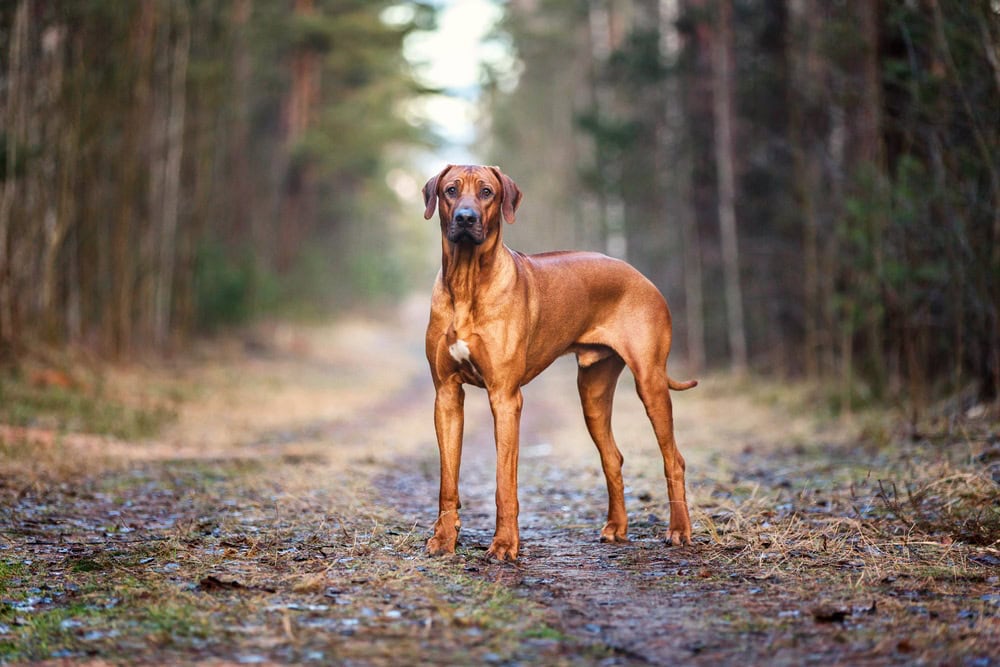
Conclusion
If you’re interested in adopting a Rhodesian Ridgeback or already have one, it can be helpful to understand the growth patterns, average weight, and factors that affect the size of this breed. In addition, it can be helpful to know how to measure your pet to ensure he or she is healthy and at a healthy weight.
Featured Image Credit: otsphoto, Shutterstock


